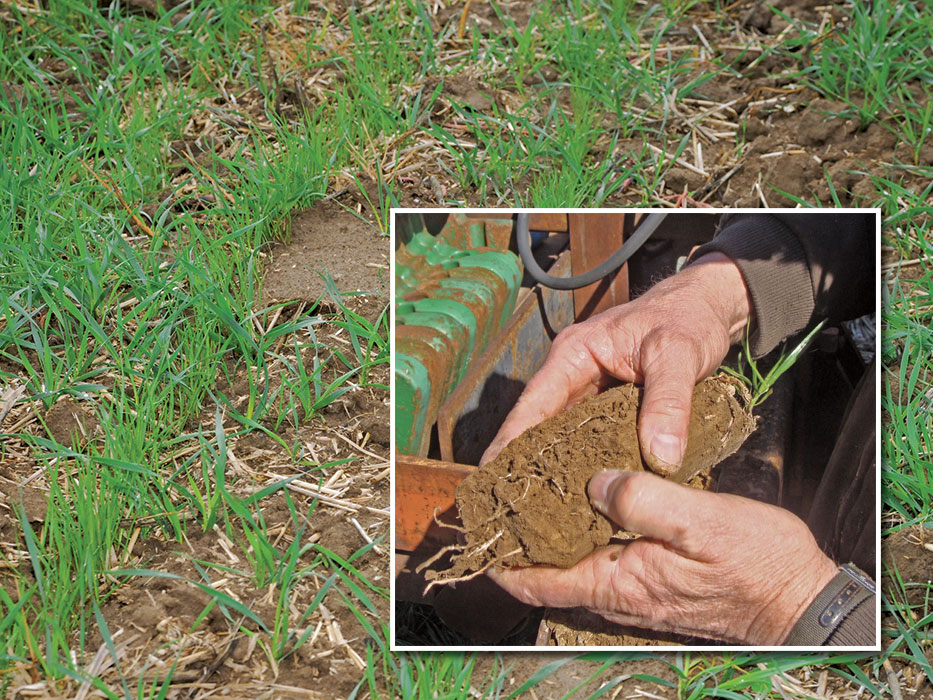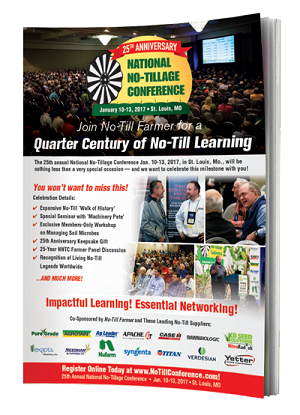 With more than half of the nation’s corn planted, it’s closing in on interseeding time. Once the corn is at v5 – v7, you should be able to seed annual ryegrass with a modified drill or another modified high-clearance piece of equipment.
With more than half of the nation’s corn planted, it’s closing in on interseeding time. Once the corn is at v5 – v7, you should be able to seed annual ryegrass with a modified drill or another modified high-clearance piece of equipment.
The value of interseeding has now been proven out, from southern Canada on either side of the Great Lakes, to the I-70 corridor in the US. In that belt, it’s difficult to find enough growing time in the fall to plant a cover crop. So, planting into growing corn in the spring is proving to be a valuable alternative.
What is key in this phase of cover cropping is that the seed have enough moisture to germinate and establish, before the corn foliage canopy creates so much shade that the annual ryegrass goes semi-dormant.
Having the cover crop in place throughout the summer doesn’t take away much nutrition or moisture from the corn. That’s because the cover crop hasn’t the sunlight to produce much vegetative or root mass. After harvesting the corn in the fall, the cover crop having been established in the spring, now has more of a head start for a quick burst of growth in the fall before wintertime.
For more information on interseeding, check out this video, from the University of Pennsylvania.








